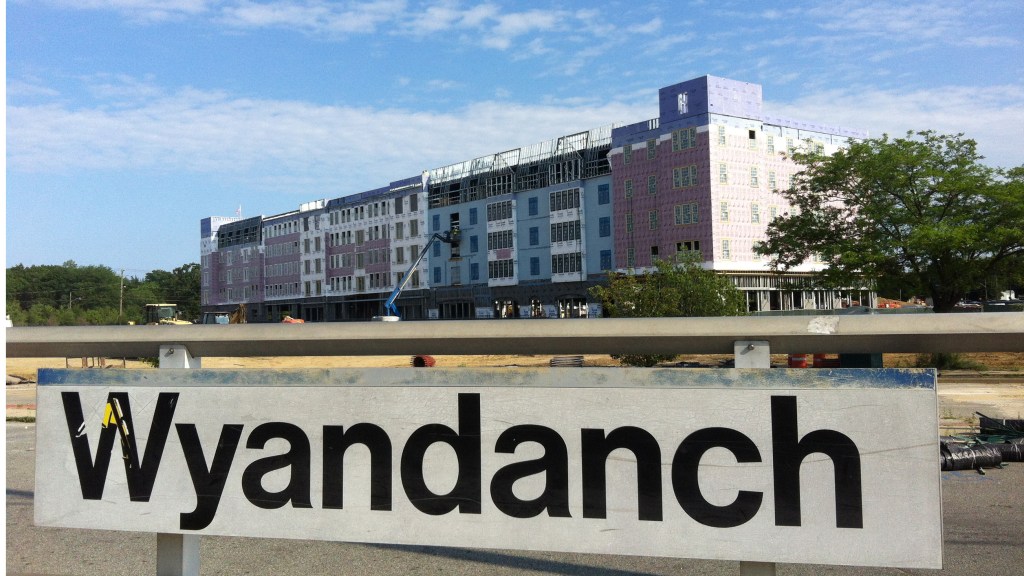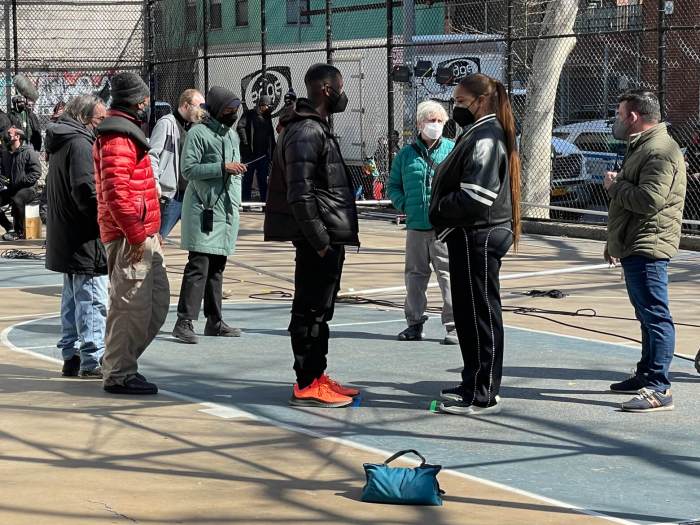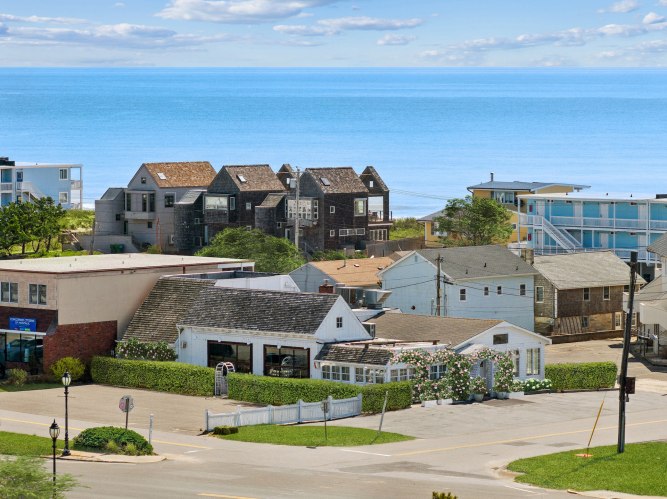In an age when local government can barely fix a pothole, some people insist on claiming that the United Nations is actually driving development policies across the globe in its diabolical desire to usher in a New World Order—and our region is right in their cross-hairs.
These conspiracy theorists point to Agenda 21, a UN initiative to build in an environmentally sustainable manner by conserving energy and concentrating density. They claim it has a very dark side that will strip us of our sovereignty, starting with our property rights.
Those are tough words indeed. But not only are those assertions wrong, they are irreversibly hurting the planning process—a legitimate undertaking that governs land use decisions at the most local of levels where environmental and economic problems hit closest to home.
This “conspiracy narrative” is a threat to sensible ideas like allowing a higher density of development in villages’ downtowns instead of increasing suburban sprawl; developing “walkable communities” that allow residents to satisfy their day-to-day needs by relying less on their cars to get around; and permitting more rental units in general while concentrating new development in the areas around the Long Island Rail Road stations.
Listen carefully during any presentation on sustainability, smart growth or walkability, and those wise to the Agenda 21 conspiracy are positive you’ll hear the undercurrent of policymakers parroting what the UN, their overlord masters, have instructed them to do and say, wittingly or not. Even Suffolk County Executive Steve Bellone has drawn criticism from this conspiracy crowd for his development proposals to revitalize Wyandanch, among other innovative proposals.
Newsday railed against the global conspiracy theorists in an editorial about “Agenda 21 paranoia,” dismissing them for posing obstacles to “a saner development pattern for Long Island” by invoking their “favorite evildoer of intrigue-lovers, the United Nations.”
The original plan to make sustainable development a priority emerged from a UN conference at Rio de Janeiro in 1992. But even today, as those who attend public meetings of town boards and zoning officials on LI know, the term is often cited to oppose “smart growth” and other planning proposals. In 2012 the Republican National Committee approved a resolution calling Agenda 21 “destructive and insidious,” a “radical” plan of “extreme environmentalism, social engineering and global political control.”
Conservative critics of Agenda 21 claim that enviro-nuts don’t respect your property rights, that the UN wants to seize your land and drive you, the hapless resident, into “compact prison-like cities,” where the sheeple bleat and march lockstep into the proverbial grinder. To these conspiracy theorists, planning is a myth—it’s just an excuse to do the UN’s bidding, while ignoring Thomas Jefferson’s calls from beyond the grave condemning our misguided country’s newfound love of socialized land use.
Is Agenda 21 really that evil and powerful? According to the American Planning Association’s Agenda 21: Myths and Facts, Agenda 21 is “not a legal document, and does not infringe on the sovereignty of any nation or the independence of the planning process.” Planning expert Andrew Whittemore in Citylab summed it up neatly: it is “a non-binding, 1992 United Nations action plan aimed at aiding world governments in pursuing sustainability.”
But, according to the conspiracists, the UN is pulling the development strings across the globe, even in Hauppauge and Mineola, Hempstead and Great Neck. Somehow, the UN—an organization that has to focus on global security, the proliferation of terrorism in the Middle East, the mass exodus of refugees, the complex politics of preventing thermonuclear war and making sure the world’s most fragile economies don’t collapse—is worried about the housing unit yield per acre of developments with names like Deer Brooke Pointe at Oak Hollow. These anti-Agenda 21 critics grossly overestimate the effectiveness of government, especially at the local level where land use is the principal police power.
All one has to do is look at the hundreds of failed proposals, lawsuits and resident protests when development is pitched even remotely near a residential subdivision to see that the UN is pretty bad at establishing a New World Order. Residents always need to be cautious regarding development, but attacking the urban planning process, which is driven by resident input and fueled by scientific data, is not only a fallacy, it debases all legitimate efforts for smarter development.
All too often, armchair philosophers and pseudo-real estate experts argue for unfettered growth, with little to no regard for the consequences. Many of these pundits conveniently forget that more often than not, zoning was put in place by the public in response to the unrestricted development standards of the past. In urban areas like New York City, light and air standards, Federal Acquisition Regulations and other requirements rose from oppressive construction efforts. When the builders and developers alone had their way, cities, and the neighborhoods within them, withered and died.
Who’s to blame for the rise of the Agenda 21 conspiracy and widespread fear of sustainability and smart growth? The planners themselves, the developers and the local governments that oversee land usage.
By communicating to constituents how development works in their municipality, local governments can head off the conspiracy theorists at the pass. By communicating why a parcel is zoned, why that zoning may or may not be antiquated, and why smart growth principles work near bus stops and train stations, prescient planners can take the wind from the Agenda 21 conspiracists’ sails. Lastly, developers should communicate why, exactly, they’re pitching more density—whether it’s due to changing market conditions, higher probability of financing or whatever else drives such decisions. While you can never get the politically extreme to bow to reason, you can influence those who just want to see their community become a better place to live.
Together, backed by data, studies and a professional, resident-sourced vision, we can foster what our region needs—an idea of not only how we can manage growth, but how to anticipate the Island’s needs 10, 20 and 30 years from now.
With streamlined, open and honest communication at every step of the way, development and preservation efforts will be more productive, easier to implement and more effective—and the Agenda 21 distraction can give way.
Rich Murdocco writes on Long Island’s land use and real estate development issues. He received his Master’s in Public Policy at Stony Brook University, where he studied regional planning under Dr. Lee Koppelman, Long Island’s veteran master planner. Murdocco will be contributing regularly to the Long Island Press. More of his views can be found on www.TheFoggiestIdea.org or follow him on Twitter @TheFoggiestIdea.
























